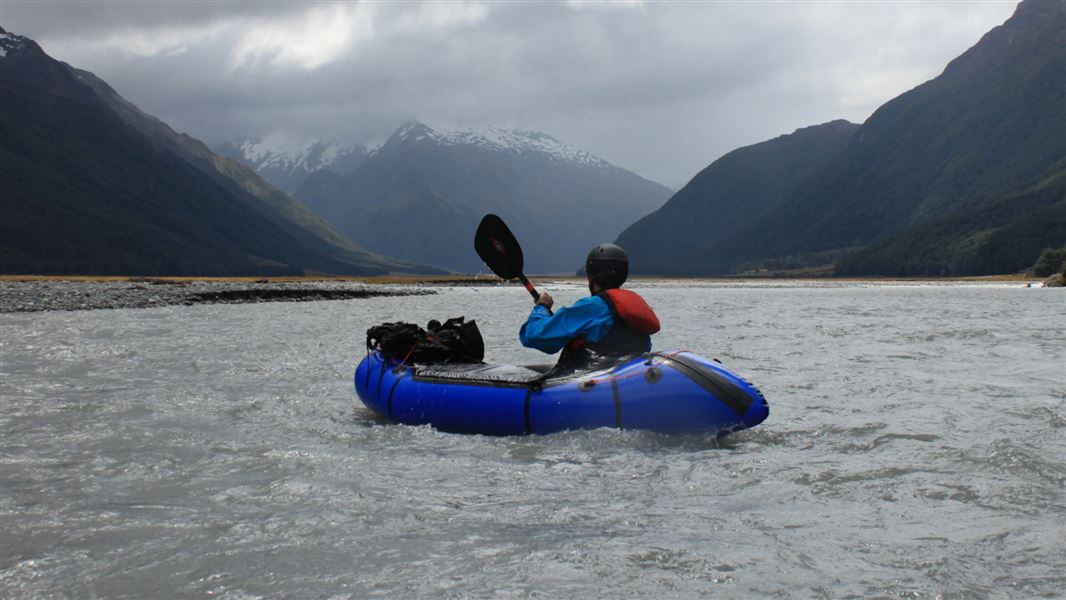Choose the right trip for you and your group
Know the ability, experience, and physical fitness of all members of your group. Choose a grade of river for your trip which is appropriate for everyone.
Consider attending a nationally or internationally recognised whitewater safety training course. Local courses include:
- NZOIA River Rescuer Courses run by the NZ Kayak School in Murchison, Peel Forest Outdoor Centre in Canterbury and the Hillary Outdoors Centre in Tongariro
- raft guide training provided by the New Zealand Rivers Association.
Research the trip beforehand
Make sure you have up-to-date information about the river. This should be done by reading the online NZ River Guide and contacting local paddlers or commercial river guides. You can also check packraftingtrips.nz.
Know the forecast and monitor conditions
Check weather forecasts and monitor the weather and river conditions. Do not travel on a river in dangerous conditions.
Carry an emergency communication device, like a distress beacon
Using a Satellite Communications Device or a Personal Locator Beacon (PLB) is encouraged. Satellite Communications Devices and PLBs can be hired throughout New Zealand. They are also relatively affordable to buy and can be registered for free. Information on beacons (including where to hire and buy) can be found on beacons.org.nz.
Always wear a life jacket or personal flotation device (PFD)
It is important to be prepared for a capsize. Always wear an approved lifejacket or personal floatation device (PFD) and helmet.
It is best to wear a drysuit to help prolong body warmth and increase buoyancy if you fall in the water. A wetsuit may be a suitable alternative. If neither option is available, ensure at the least that a dry top and pants and adequate thermal layers are worn.
Wear light footwear such as running shoes or wetsuit booties. Consider making sure any heavy loads (such as meat) can be easily dropped if there is a capsize.
Carry personal safety equipment
We recommend carrying the following safety equipment, in addition to the items mentioned above:
- a flip line (if rafting)
- throwbags
- pin extraction equipment (minimum of two carabiners, two pulleys, and a prusik cord)
- whistle
- survival kit
- first aid kit
These should be carried by each person on the river trip. Additional trip-specific safety equipment should be carried as required by the group and the river. Members of the group should be confident using this safety equipment.
Have a plan, practice as a group and make decisions together
Discuss safety plans and practice safety drills with other members of your group before setting off on any river trip.
Safety on the trip is both an individual and a group responsibility. Groups should engage in collaborative leadership processes and collective discussions about safety decisions.
Having experienced and able members in the group who are able to lead and help guide decision-making is highly recommended. In some circumstances, it will be appropriate for you to nominate a suitably informed and experienced trip leader to be present.
